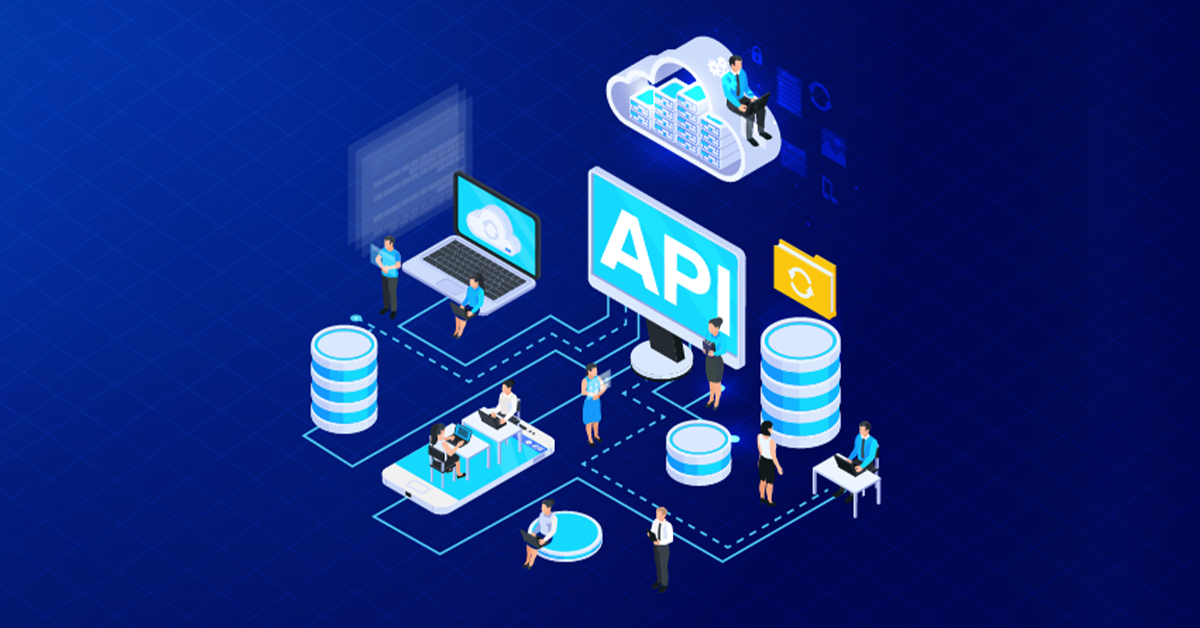
What is API Development and Integration?
In the digital age, where seamless connectivity and data exchange are paramount, Application Programming Interfaces (APIs) have emerged as the cornerstone of modern software development. APIs enable different software applications to communicate, exchange data, and collaborate, fueling innovation and driving enhanced user experiences. This blog delves deep into the realm of API development and integration, unraveling its significance, benefits, and the pivotal role it plays in modern business landscapes.
1. Demystifying API Development:
API development refers to the process of creating a set of protocols, tools, and definitions that enable different software applications to communicate with each other. APIs act as intermediaries, facilitating the seamless exchange of data and functionalities between disparate systems. From social media platforms to e-commerce websites, APIs empower developers to tap into existing functionalities and integrate them into their applications, thereby accelerating development and enhancing user experiences.
2. The Essence of API Integration:
API integration involves incorporating external APIs into your application or system, enabling it to leverage functionalities offered by third-party services. Whether it’s integrating payment gateways for seamless transactions or embedding maps for location-based services, API integration extends the capabilities of your software without reinventing the wheel. This streamlined approach saves time, resources, and enhances your application’s functionality, leading to a more robust and feature-rich user experience.
3. Benefits of API Development and Integration:
a) Enhanced Efficiency: API development and integration allow different applications to work harmoniously, automating processes and reducing manual effort.
b) Accelerated Development: Developers can leverage pre-existing functionalities through APIs, reducing development time and costs.
c) Scalability: APIs enable your application to scale easily by tapping into external services as your user base grows.
d) Improved User Experience: Integrating specialized services through APIs enhances the user experience and enriches the features you offer.
e) Real-time Data: APIs facilitate real-time data exchange, ensuring that your application’s data is up-to-date and accurate.
4. APIs in Business Innovation:
APIs have revolutionized how businesses operate and innovate. They enable organizations to create ecosystems of interconnected applications and services, fostering collaboration and unlocking new revenue streams. Businesses can leverage APIs to offer value-added services, integrate with partners, and create personalized experiences that resonate with customers, all while staying agile in an ever-changing market.
5. Common Use Cases of API Development and Integration:
a) Payment Gateways: Integrating payment APIs allows seamless and secure transactions within applications.
b) Social Media Sharing: APIs enable users to share content from applications directly to social media platforms.
c) Maps and Geolocation: Embedding map APIs provides users with accurate location data and directions.
d) E-commerce Integrations: APIs connect e-commerce platforms with inventory management, order processing, and shipping services.
e) Data Analytics: APIs facilitate the integration of data analytics tools for real-time insights.
6. Future of API Development and Integration:
As technology evolves, the scope of API development and integration will only expand. With the rise of Internet of Things (IoT), Artificial Intelligence (AI), and cloud computing, APIs will play a pivotal role in connecting and orchestrating these technologies. The ability to seamlessly integrate various systems and services will remain a driving force behind business innovation, digital transformation, and the creation of more immersive user experiences.
Conclusion: Pioneering Connectivity and Innovation
API development and integration lie at the heart of modern software architecture, enabling applications to collaborate, communicate, and enrich user experiences. By embracing APIs, businesses can streamline operations, enhance user interactions, and tap into a vast ecosystem of functionalities. As technology continues to advance, API development and integration will remain a catalyst for innovation, empowering organizations to forge new paths, stay competitive, and create a future where seamless connectivity is the norm.
0



